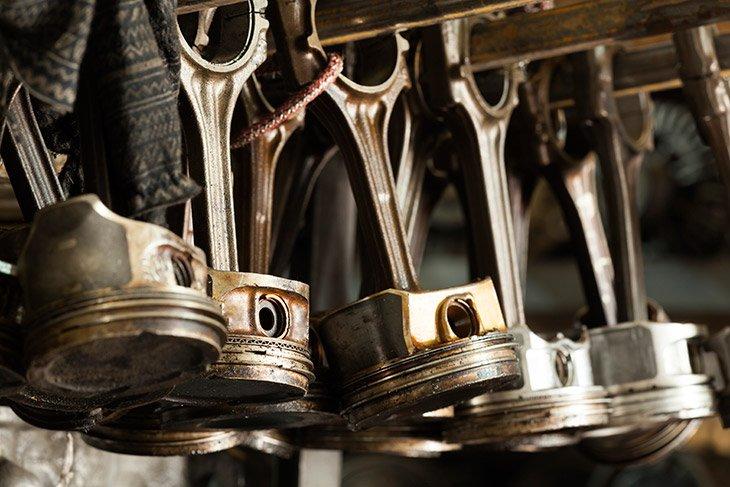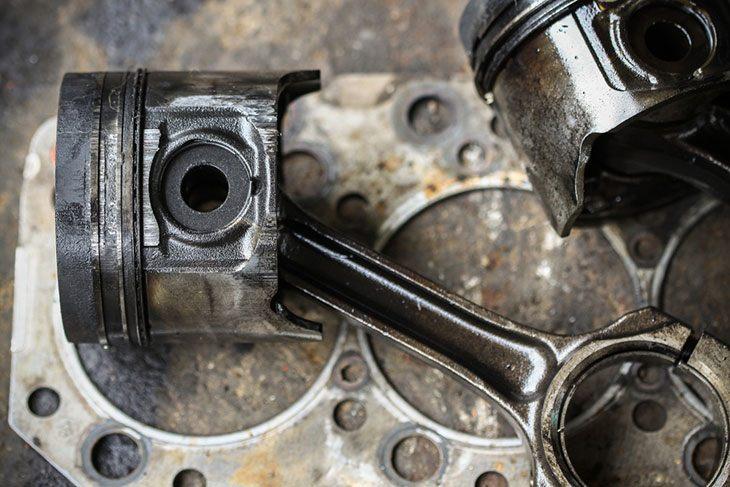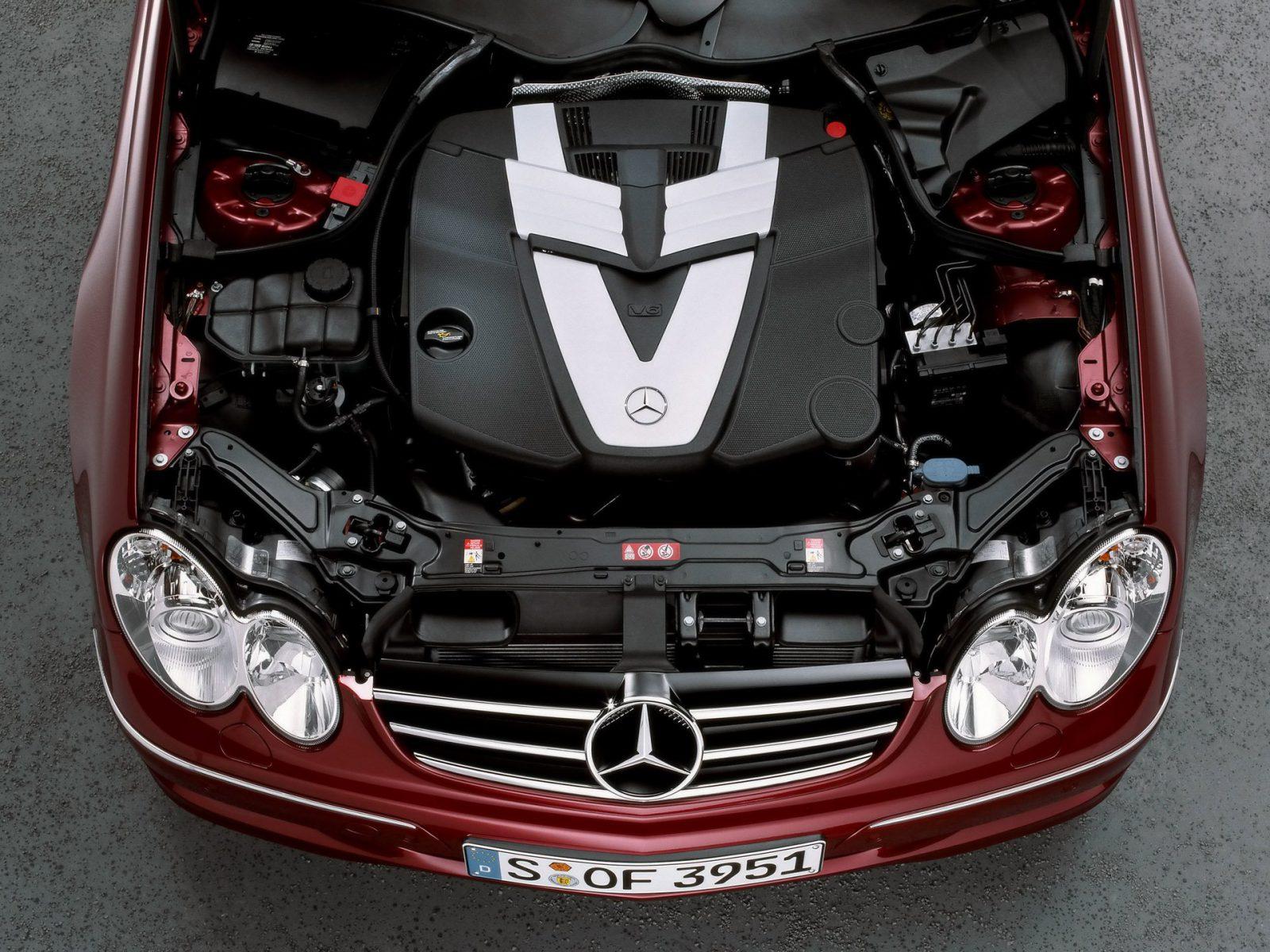A rod knock is an ominous sign for the engine. You may end up replacing almost half of the engine components if not the entire engine. It affects several vital and expensive parts including the crankshaft, rods, and pistons.
Diagnosing these issues is a time-consuming process and replacing the parts requires plenty of money. The practical thing to do is to detect the symptoms early and take prompt actions.
Contents
What Is A Rod Knock?
The rod referred to here is an engine part that ties up the pistons to the crankshaft. There are some bearings at the connecting point where the rod meets the crankshaft.
The problem occurs when any or multiple bearings fail. What does rod knock sound like? The rod knock sound is similar to a hammer banging or tapping on the oil pan.
It happens during the engine’s power stroke, which brings the bearings in contact with the crankshaft. In extreme cases, the rod itself thuds into the crankshaft.

>> Looking for a high-quality used car from Japan, click here <<
The intensity of the noise may recede or almost disappear when the car accelerates and when the engine is cold. But, it will always return and it will get louder when there is not enough gas in the fuel tank.
The sound of rod knock has several other names – engine pinging, engine knock, and spark knock.
What Causes Rod Knock?
A damaged or failed rod bearing is the primary reason for creating this trouble. The failure is the result of the hydrodynamic oil wedge getting misplaced or gone missing.
Some other reasons that can contribute to the deterioration of the bearings are:
- Inadequate oil viscosity
- The minimal flow of oil to the bearing surface
- Low oil pressure
- The high temperature of the oil
- High-level of combustion pressure
- Excessive engine revving
- Intense inertial forces of the piston
How To Fix Rod Knock?
You can do the rod knock fix in your garage by following these steps. However, always consult a mechanic if the problem goes past the primary stage.
Materials Required For Fixing The Rod Knock
- Mechanic’s ramps
- Fresh oil
- Oil pans
- A new oil filter
- Oil-filter wrench
- Fuel-injector cleaner
The Procedure For Fixing The Rod Knock
When you have all the parts and tools, follow these steps to restore the normal engine functions.
Before starting anything, you have to drive the car onto the mechanic’s ramps and park in a position that provides easy access to the engine.

SEE MORE:
Step 1: Place the oil pan under the oil cap to drain the oil out. Replace the cap after it is done.
Step 2: Now, it’s time to replace the oil filter. Turn it to a clockwise direction with the wrench. Fit a new one into its place and tighten it with the help of the wrench.
Step 3: Replace the drained oil with almost 5 quarts of fresh oil. Then, examine the rod bearings. Tighten them if they are loose or replace them with new ones if they are damaged.
Step 4: The last step is to clean the carburetor or fuel injector. It will prevent dirt and grime from entering the engine.
FAQs
1. Can rod knock disappear on its own?
No, rod knock is a mechanical issue that does not resolve itself. In fact, ignoring rod knock can lead to more severe engine damage.
The sound might temporarily diminish under certain conditions, like when the engine is at a specific temperature, but the underlying problem remains and will likely worsen over time.
2. Does the type of oil I use affect the likelihood of rod knock?
Using the incorrect type of oil can contribute to the development of rod knock.
Oil that is too thin may not provide adequate lubrication, while oil that is too thick may not flow properly at cold starts, both scenarios leading to increased wear on engine components. Always use the oil viscosity recommended by the vehicle manufacturer.
3. Can additives cure rod knock?
While some additives claim to reduce or eliminate engine noises, they are not a cure for rod knock.
At best, they may temporarily mask the sound or slightly improve the situation by enhancing oil viscosity or lubrication. However, the mechanical issue causing rod knock requires physical repair.
4. Is rod knock only a problem in older vehicles?
While rod knock is more common in older, high-mileage vehicles due to natural wear and tear on engine components, it can occur in newer vehicles as well.
Causes in newer vehicles might include manufacturing defects, lack of proper maintenance, engine overheating, or the use of incorrect oil or fuel.
5. Can driving habits contribute to rod knock?
Yes, aggressive driving habits, such as frequent hard accelerations and revving the engine excessively, can accelerate the wear on engine bearings and other components, potentially leading to rod knock sooner.
6. Is rod knock always a sign that the engine needs to be rebuilt or replaced?
Not necessarily. The appropriate fix for rod knock depends on the severity of the damage. In some cases, replacing the affected rod bearings may resolve the issue.
However, if the damage is extensive, involving the crankshaft or other engine parts, a rebuild or replacement might be necessary.
7. Can I diagnose rod knock myself?
While you might be able to identify rod knock by the distinctive knocking sound, diagnosing the exact cause and extent of the damage typically requires a professional mechanic.
Advanced diagnostics might involve disassembling parts of the engine to inspect for wear or damage.
8. How long can I drive with a rod knock?
Driving with rod knock should be avoided as much as possible. Continuing to drive with this condition can lead to catastrophic engine failure, potentially while the vehicle is in operation, posing a safety risk.
9. Does rod knock affect the resale value of a vehicle?
Rod knock significantly impacts the resale value of a vehicle. It is indicative of serious engine problems that require expensive repairs.
Prospective buyers are likely to be deterred by the presence of rod knock, or at the very least, will negotiate a much lower price.
Check out this video from MotorCarNut to learn more about rod knock noise!
Addressing rod knock promptly and effectively is crucial to maintaining your vehicle’s performance and longevity.
Ignoring the issue can lead to more significant engine damage and potentially costly repairs. If you suspect your vehicle has rod knock, seeking professional mechanical advice is the best course of action!




dont forget to add magnetic drain plug to catch the rod knock particles.so they dont contaminate new oil filter.
Step 3: Replace the drained oil with almost 5 quarts of fresh oil. Then, examine the rod bearings. Tighten them if they are loose or replace with new ones if they are damaged.
–> What? How are you supposed to examine the rod bearing when the engine is full of oil and the oil pan is still on?